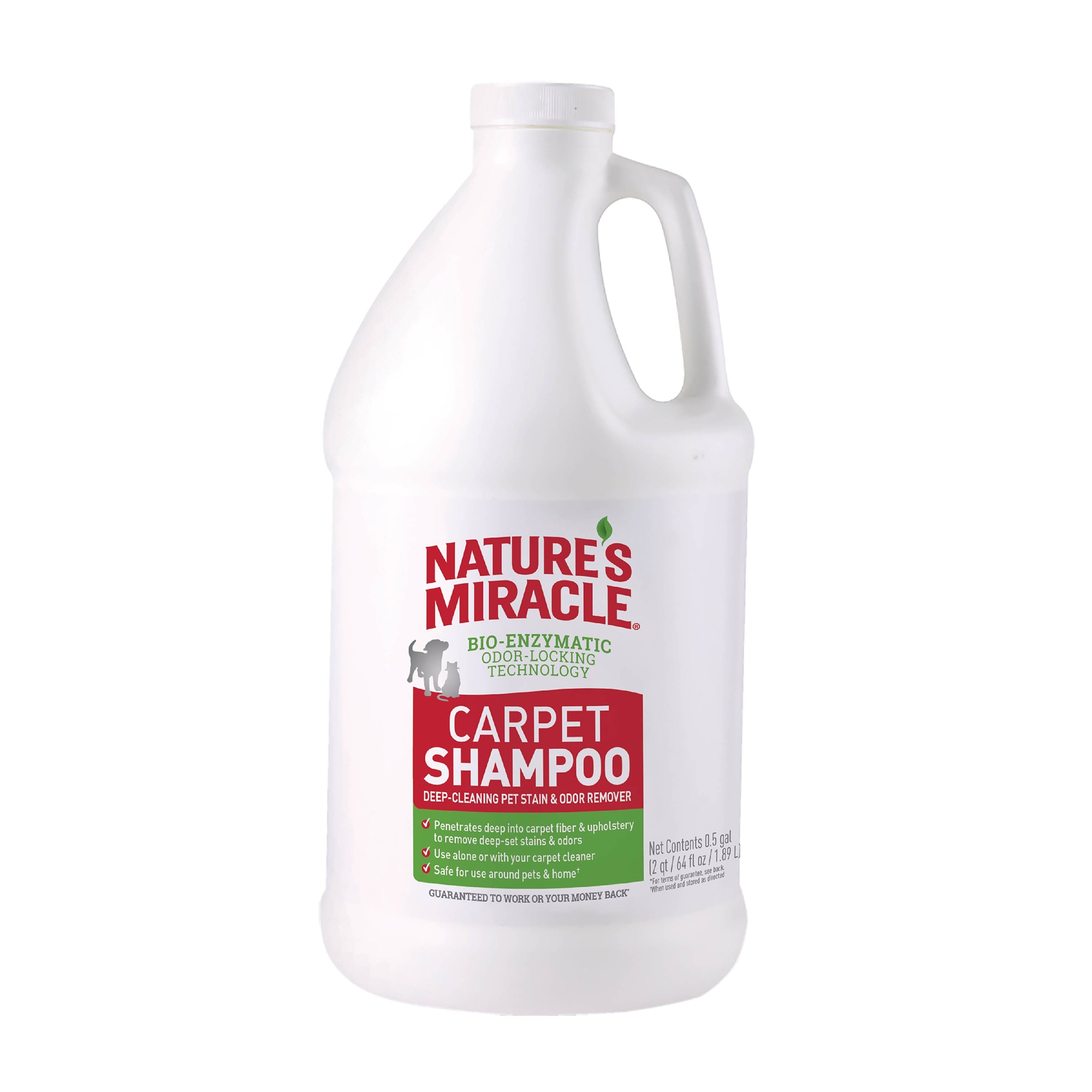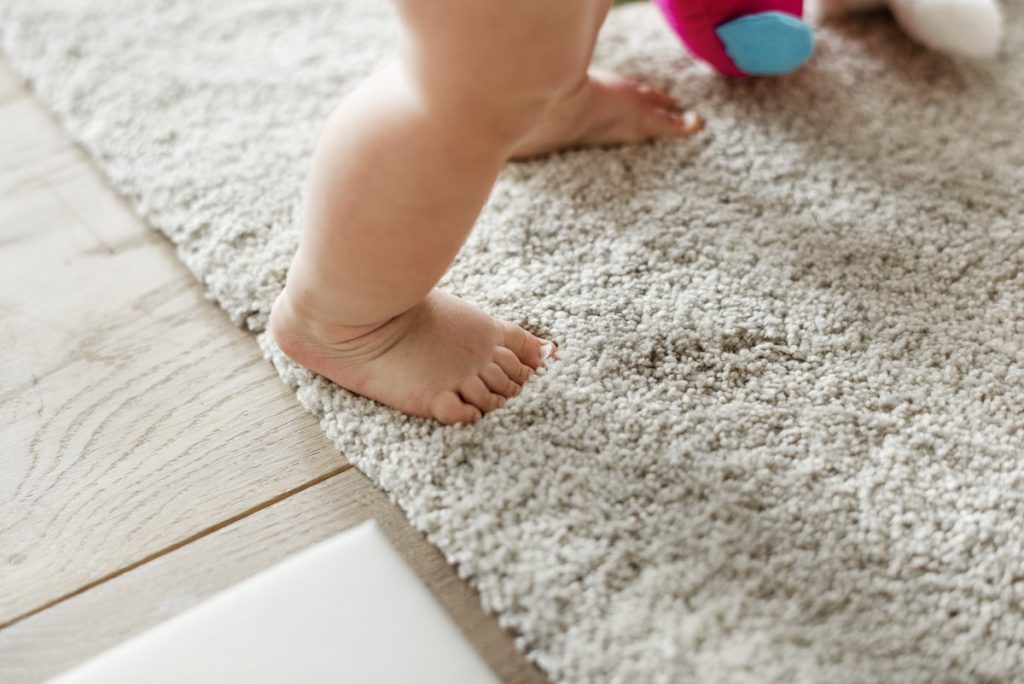Top Carpet Deep Cleaning Services: Bring Back the Freshness of Your Carpets
Discovering the Diverse Kind Of Rug Cleaning Techniques: A Detailed Analysis of Their Performance and Applications in Residential and Commercial Spaces
The landscape of carpeting cleansing methods presents a myriad of alternatives, each offering distinct benefits customized to different environments. From the deep-cleaning efficacy of steam cleansing to the quick turn-around of dry cleaning, the suitability of each strategy can significantly impact both residential and commercial settings.
Steam Cleansing Technique
Heavy steam cleaning is a very efficient technique for deep cleaning carpetings, using the power of high-temperature steam to penetrate fibers and remove dirt, allergens, and bacteria. This procedure entails using a vapor cleaner, which heats water to a temperature that develops heavy steam, ultimately using it to the rug surface area. The vapor loosens up embedded dust and gunk, making it much easier to extract with a vacuum cleaner or suction device.
One of the considerable advantages of vapor cleansing is its capacity to sterilize rugs without the need for harsh chemicals. The heat of the steam can eliminate allergen, mold spores, and various other bacteria, adding to a healthier indoor environment. In addition, heavy steam cleaning can properly eliminate persistent stains, giving a more comprehensive tidy than traditional techniques.
The drying out time for steam-cleaned carpets is usually shorter than that of various other cleansing techniques, as the dampness vaporizes rapidly as a result of the heat. Nonetheless, individuals ought to ensure correct ventilation throughout and after the cleaning procedure to promote drying and protect against mold development. carpet deep cleaning service. On the whole, heavy steam cleansing stands out as a green and effective alternative for keeping the sanitation and look of carpetings in both household and business settings
Dry Cleaning Method
For those seeking an alternative to vapor cleansing, the dry cleaning technique supplies a sensible remedy for carpeting maintenance. This technique utilizes very little wetness, using a specialized dry cleansing substance or powder that is used to the rug surface area. As soon as spread out uniformly, the compound is agitated right into the fibers using a device or brush, permitting it to envelop dust and stains.
After the application, the carpeting is entrusted to sit for a specific period, usually ranging from 15 to 30 minutes. Throughout this time around, the cleaner work to damage down soil and crud. Following this dwell time, the residue is vacuumed away, effectively getting rid of the pollutants from the carpeting without the demand for extensive drying out time related to heavy steam cleaning.
The dry cleansing method is particularly advantageous for delicate fabrics and carpetings that might be sensitive to wetness. It is likewise suitable for fast cleaning sessions in business atmospheres where downtime need to be minimized. On the whole, this method provides a convenient, reliable alternative for keeping carpets, ensuring they stay nice and clean without the issues of too much water usage.
Encapsulation Process
An extremely reliable approach for carpeting cleansing, the encapsulation procedure utilizes synthetic detergents that crystallize upon drying to trap soil and debris. This cutting-edge cleaning strategy entails applying a specialized cleaning solution to the carpet fibers, which binds and penetrates the dirt to it. As the remedy dries out, it develops a crystalline structure that encapsulates the dirt fragments, permitting very easy elimination with vacuuming.

The encapsulation procedure is specifically reliable for reduced to modest dirt degrees and is perfect for preserving rugs in high-traffic areas. It not just cleans however likewise helps to extend the life of the carpet by avoiding dirt from embedding deeper right into the fibers. Consequently, this approach is obtaining appeal amongst both property and business individuals seeking efficient and lasting carpeting upkeep options.
Rug Shampooing Method
Employing a time-tested method, the rug shampooing approach includes the application of a foamy cleaning solution that penetrates deep into rug fibers to eliminate and raise dirt, stains, and allergens. This strategy is specifically efficient for heavily stained rugs, as it integrates agitation and moisture to achieve a complete clean.
Throughout the shampooing process, a specialized device is used to apply the cleaning service while concurrently perturbing the rug fibers (deep carpet cleaning service). This dual-action assists to displace embedded dirt and gunk, enabling a much more efficient removal during the rinsing phase. After the shampoo has actually been worked right into the rug, a water removal method is usually employed to remove the cleaning solution together with the dislodged dirt
Rug shampooing appropriates for both commercial and residential environments, specifically in areas that experience high foot traffic or are susceptible to spills and spots. Nevertheless, weblink it is vital to note that this technique might call for extensive drying times, which can lead to temporary inconvenience. Despite this, carpeting shampooing stays a trustworthy choice for deep cleansing, using an obvious renovation in carpeting appearance and health.

Bonnet Cleaning Method
Hood cleansing is an efficient rug upkeep approach that concentrates on surface-level cleaning and tarnish removal. This method utilizes a customized maker furnished with a revolving absorbing pad, or hood, which is dampened with a cleansing solution. As the machine operates, the bonnet's surface takes in dirt and crud from the carpet fibers, making it especially effective for high-traffic areas.
One of the key advantages of hood cleansing is its speed; the process can be completed promptly, enabling for minimal disruption in both industrial and domestic settings. In addition, it is a low-moisture method, which implies carpets dry faster than with conventional extraction approaches, lowering the threat of mold and mildew or mold growth.
However, while bonnet cleansing properly resolves surface area dirt and stains, it might not pass through deeply enough to get rid of ingrained dust or irritants. Therefore, it is typically suggested as a supplemental cleansing technique rather than a standalone option. Routine upkeep utilizing hood cleaning can improve the look of carpets and prolong their lifespan, making it a popular choice for homes and organizations looking for prompt results without extensive downtime.
Conclusion
In verdict, the varied carpet cleaning approaches each existing unique advantages and applications appropriate for numerous environments (carpet and cleaning services). Heavy steam cleaning efficiently deals with deep-seated allergens and bacteria, while completely dry cleansing provides a rapid solution for fragile textiles.
